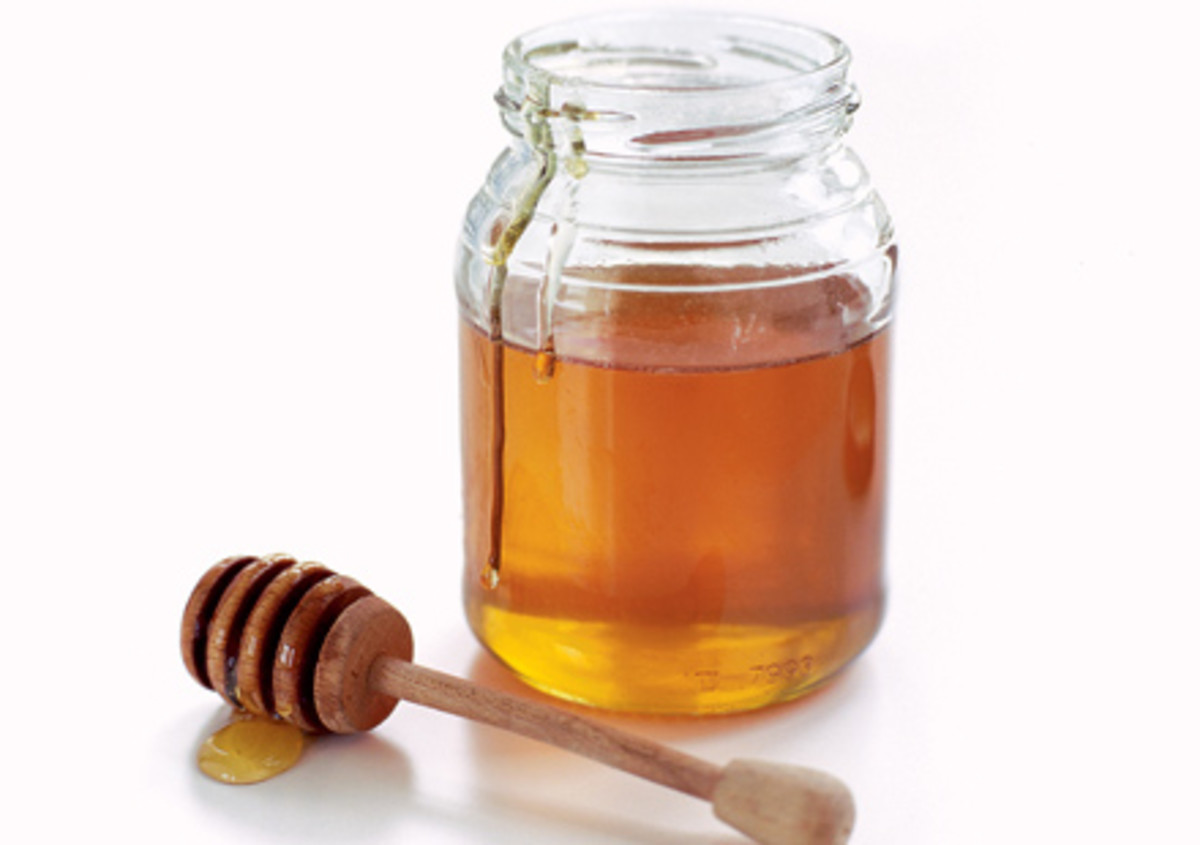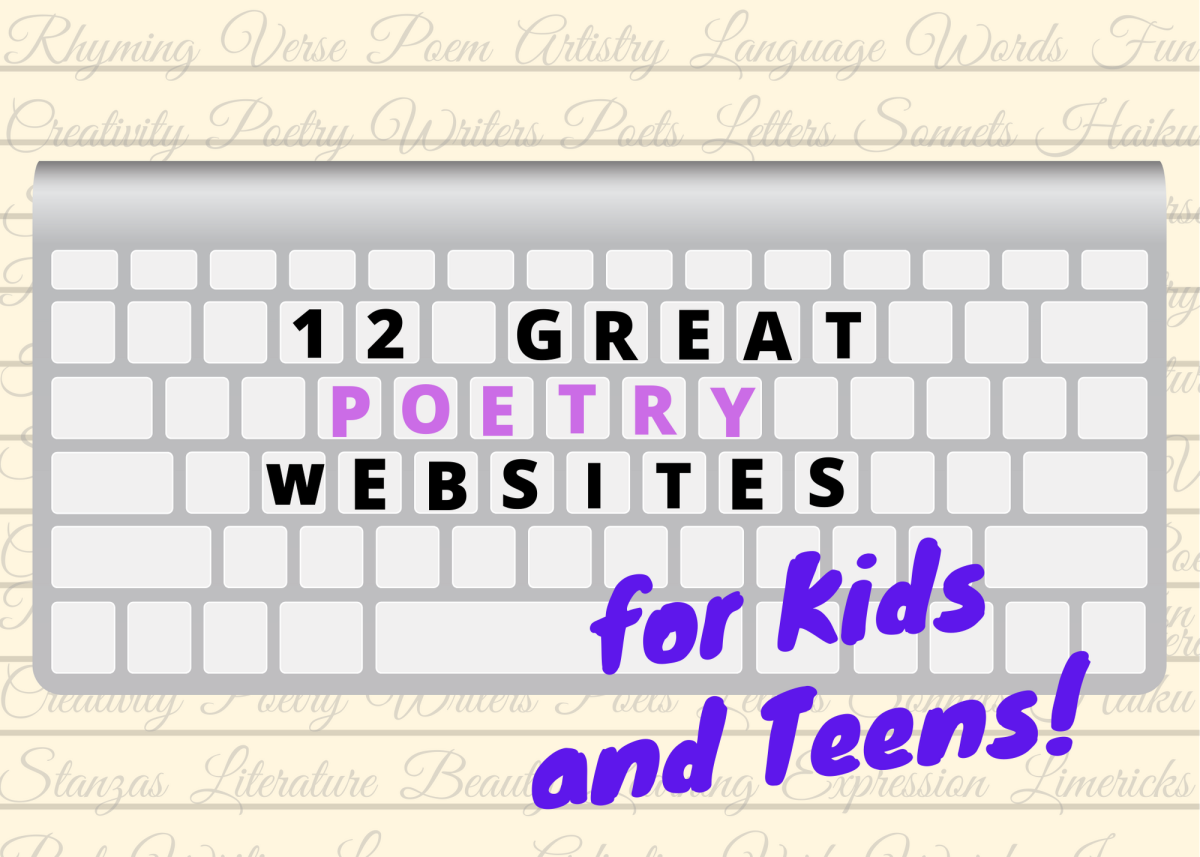How to Write Simple Poetry
Poetry, where do I start?
Poetry is purely a form of expression. When giving guidance to children writing poetry, you as their teacher, need to explore your own experiences with reading and writing poetry. If these are limited, that will in turn, limit the experiences you can bring to children.
Go, get out there. Go for a walk. Use all your senses. What do you smell, hear, feel, taste and see? What emotions are aroused in you? Sit under a tree, in the bus station, anywhere. Write it all down. It is difficult to teach children poetry if you have not found the poet in yourself. This does not mean you have to have written any poetry. It means you are able to experience your environment in a sensory way.
Teaching children to write poetry allows them to examine all their senses; their creativity; imagination; their emotions, their love for life, and freedom of expression. It allows them to observe, have opinions, gain rhyme and rhythm, and write in a form that is acceptable for any topic. In poetry you can often get away with expressing harsh views on controversial topics or deep feelings about what matters to you. It can be an expression of laughter and fun. Poetry can be light and frivolous or deep and descriptive.
We are going to touch on the different types of poetry which are easy to understand and write, so children have a choice of form, but our main aim is to make creating poetry a sensory experience for children.
Make sure you are the teacher helping children to discover the poet within!!!
The Easiest Patterns of Poetry
The most effective way for children to understand poetry is to choose forms that can intermingle to create poems to suit all levels of learning. The beauty of poetry is that there are no correct answers. Poetry gives a voice to all learners.
1. Free Verse
Free verse is an expression of ideas, thoughts and feelings. It is written like ordinary speech without rhyme or form. Present children with an idea, like ‘A Rainy Day‘, and write an example of free verse as they give you their ideas.
A Rainy Day
Heavy rain on the roof
We will need our raincoats
And big black boots
Splashing in puddles
Biting wind
Shivering
Cold and wet.
2. Concrete Poetry
The meaning of concrete poetry is depicted in its shape and the language used. How the poem looks is as important as its words.
Ask the children to imagine ‘A Snake’ then construct a poem in the shape of a snake, from the words they give you.
A Snake
Slippery
gliding
over grass
flicking tongue
forked shape
sliding
long black
no sound
gone.
3. Rhyming Poetry
Rhyming poetry can take any form. Each line, or second line, ends with a word which sounds alike or rhymes. Ask the children to give you words they might use if they were describing ‘The Tooth Fairy‘. Make a word list then look for rhyming words to add to the list. eg; teeth=beneath, coin=join, toys=noise.
The Tooth Fairy
Goblins are full of mischief
Elves are making toys
Gnomes they rest in gardens
Not making any noise
But fairies they are busy
Lifting glass to look beneath
Delivering shiny golden coins
When children lose their teeth.
4. Limerick
Limericks are nonsense or humorous five line verse with the first, second and fifth line rhyming. Ask the children to give you words that rhyme with bear and construct “The Bear” limerick.
The Bear
There once was a dancing black bear
To jig and twirl he didn’t care
When all out of breath
And deciding to rest
He would sit in his comfortable chair.
5. Acrostic Poetry
Acrostic poetry uses the letters of the title of the poem to create the poem. This is a free form poem and has as many lines as the title has letters. Write the word ‘Rain’ down the page and model a poem as the children give you ideas.
Rain
Raining, just a shower
And running quickly
Into gutters
Not making any sound.
TRY THIS
Poetry as a Sensory Experience.
Find an orange tree in bloom with it just starting to fruit. You will find this in an orchard, at your local nursery or at the fruit shop. This is not an urgent project so keep a look out for what you need. To difficult? Any fruiting tree will do.
Make sure you have;
Photos of orange orchards; markets selling oranges; oranges growing on a branch; orange blossom; leaves; cut oranges: seeds and juice.
Ripe oranges
Green oranges
Orange blossoms
Leaves on a small branch
Cutting board and knife
Juice squeezer
Plastic cups for tasting
A white board and marker.
This activity crosses most areas of the curriculum and can be used with any age of child.
Ask the children to describe what they see.
Give a quick talk about growing oranges.
Pass around the orange blossoms. Ask the children to describe how they look and smell.
Pass around the leaves and oranges uncut . Ask the children to smell and feel the skin of the orange and feel the texture of the leaves.
Break the leaves and cut the peel of the oranges and pass to the children again to smell and taste if they wish.
Cut the oranges and ask the children to describe what they see. Colour, texture, number of segments. What’s inside each segment.
Allow the children to squeeze the oranges and taste.
Word bank on your white board.
Use the following headings on your white board and listen to the descriptive words and phrases used by the children. Ask questions and write their answers on the white board.
Remember to ask the, ‘how, when, where, why, what and who’ questions.
Visual
Oranges blossoms, leaves, branches, ripe , unripe, curled leaves, fruit, small, big, twigs, buds, flowers, stamins, seeds, skin, peel, pollen, pith, liquid, juice.
Colours
Orange, brown, green, white
Textures
Smooth, rough, spikes, pointed leaves, sharp edges ,juicy, watery, fluid, sticky,
Imagination
Orchard, tractor, ladders, pickers, baskets, boxes, markets, eating, squeezing, planting, grove, fruit shop, supermarket, pollination, bees.
Taste
Sweet, bitter, tart, wet. Yummy.
Comments
Beautiful scent of the flowers
Strong smell
Soft feel of the leaves
The brightest green leaves
Bright orange colour
Big and juicy
Lots of seeds or no seeds.
Different kinds of oranges.
Bees pollinate the flowers
Tiny bubbles inside the orange segment where the juice is.
When you have finished with this exercise, present to the children the different way in which they could write a poem, with the help of the word bank, about what they have experienced. Keep it simple, making sure you cater to the differing levels of development within your students. The different forms of poetry cater well to all levels of learning. The following are examples of poems, written in various poetic forms, about the orange tree experience.
1. Free Verse
Orange Blossoms
I wander in the orchard
Orange blossom bursting out on every branch
Waiting for the summer when the fruit will come
Green at first
And then to ripen to a bright orange
Blossoms so delicate
With the sweetest fragrance.
Oranges
Eat an orange every day
Or drink a glass of juice
It is very good for you
Has lots of vitamin C.
2. Concrete Poems
The Orange Tree
Tall tree
White blossoms
Greenest shiny leaves
Round bright orange fruit
Growing in the orchard
Behind the shed
At home.
Leaves
A
leaf
dark green
on the branch
very healthy
smooth
curled
dry
3. Rhyming Poems
The Orange Blossom
The blossoms of the orange tree are white
They open in the day and close at night.
Sweet orange blossom scent it fills the air
It travels on the breeze for all to share.
Oranges
Oranges are sweet and good to eat
Rind covers all the flesh and all the seeds
The skin it needs to be peeled with a knife.
And this may cause a lot of hassle and strife.
4. Acrostic Poems
Orange tree
Orange is the colour of an orange
Rind is the jacket that we peel
Acid is the feeling on your tongue
Nose is how we smell the blossoms
Green leaves are smooth and shiny.
Eat an orange and get your vitamin C.
Taste the sweet squeezed juice
Running down your arm
Eat the pulp but not the pips
Eat it up, yummy.
Juice
Juicy oranges
Unpeel the skin
In one long piece
Cut it in quarters
Eat it all up.
5. Limericks
There once was an orange so ripe
It gave a poor fellow the gripe
He took to his bed
Drank water instead
And whished he’d had parsley and tripe.








